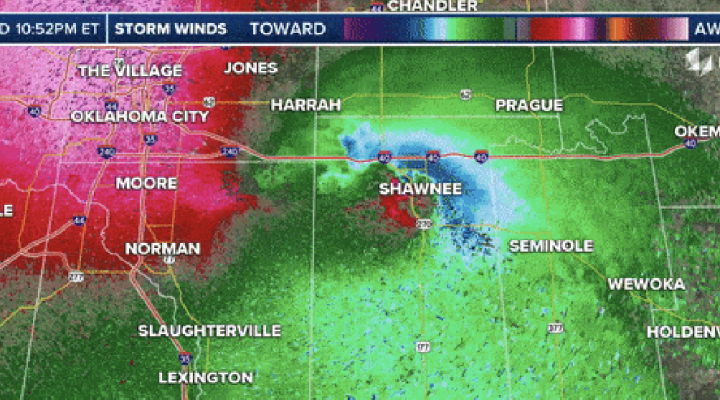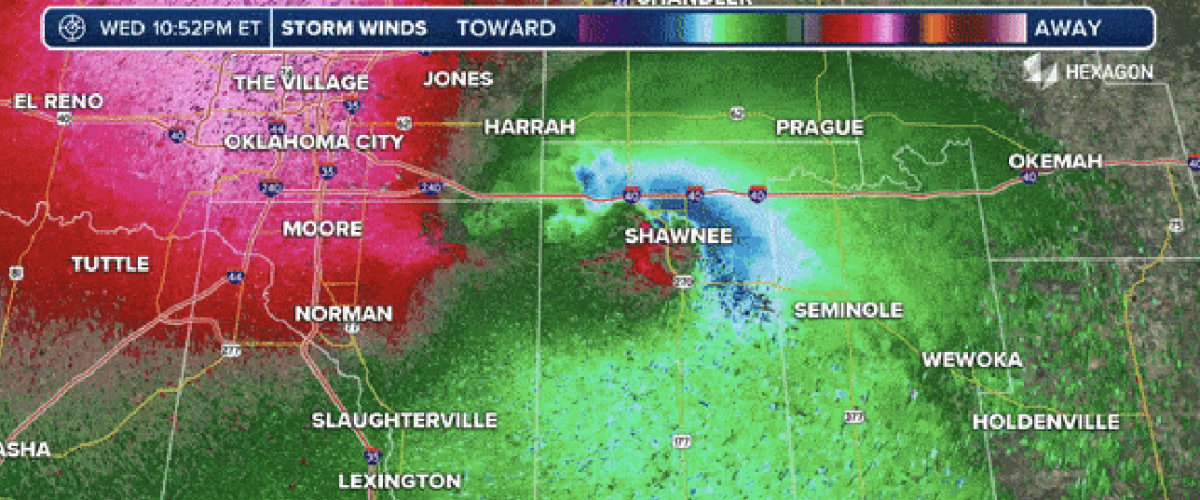Students at Oklahoma Baptist University will return to most campus buildings for two final weeks of in-person classes this semester, President Heath Thomas reported April 26.
Every building on the Shawnee, Okla., campus was damaged by tornadoes and high winds that struck the central Oklahoma community the evening of April 19. This has been called the worst natural disaster in the university’s 113-year history.
“We have been working with all of our contractors to ensure a safe return to campus, and we are returning to campus for in-person learning on Monday, May 1,” Thomas said. “We are excited that we have received the go-ahead from all our contractors and the specialists who have done all the assessments in every space on our campus.
Thomas called this good news “a miracle of God” and declared, “We are in hallelujah territory right here.”
Pottawattamie County, where Shawnee is located, sits in a common path of tornadoes that frequently sweep across the plains. Across the past century, the OBU campus has been spared significant damage, even as nearby structures have been blown away. This time, however, was different.
Students took shelter in basements across campus as the storm bared down.
According to a local TV station’s weather analysis, what Shawnee experienced that night is a rare combination of meteorological events.
The supercell that spawned a long-track tornado took an unusual detour. Normally, tornadoes in this region move from west to east or from southwest to northeast. But last week’s Shawnee tornadoes made a sharp turn to the north, known as “deviant tornado motion.”
“This is simply defined as when a tornado takes a completely different track than what we usually see,” FOX Weather senior meteorologist Jordan Overton said. “Deviant tornado motion is when a tornado takes a hard left turn, remains stationary or rapidly changes directions. These are typically strong tornados and can cause high-end impacts, which is what we saw (Wednesday) night.”
This erratic motion making the paths of tornadoes unpredictable.
Also unique to last week’s storm in Shawnee: Two areas of rotation began spinning around each other, “like two figure skaters going in for a hug,” Fox Weather explained. This phenomenon is known as the Fujiwhara Effect.
Having either deviant tornado motion or the Fujiwhara Effect is unusual, but to have a storm system involve both is quite rare, according to Fox Weather senior meteorologist Jordan Overton. Last week’s Shawnee storm “will be studied and then studied again, and we will likely see it in textbooks within the next couple of years.”
Related article:


